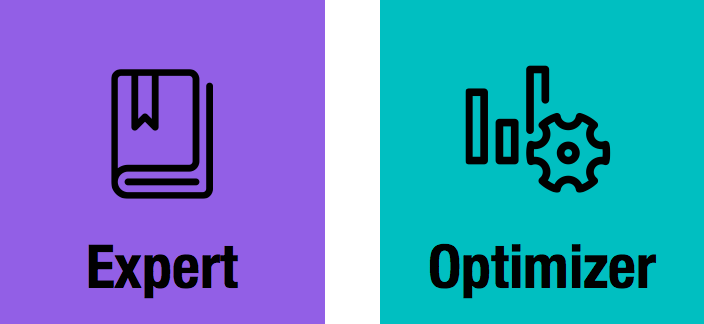By MJ Petroni and Jessica Long
Why you should care:
Innovation and collaboration must move through a lifecycle that includes idea, launch, scaling and completion—but most teams are not designed to be effective in all phases
Design of teams based on thinking styles supports creativity and resilience
Innovation can be accelerated by creating reciprocal links between members of various teams who think in different ways, complementing one another
Capacity can be increased by creating reciprocal links between members of various team who think in similar ways, resonating with one another
For eons, and across many cultures, humans have conceived of creating value in one very simple way: the four seasons of a year which correlate to planting seeds, helping them take root, harvesting crops, and plowing the ground to prepare for the next planting. Whether it’s a product or an expense management process, every idea goes through these four phases—or seasons—of innovation.
Business could think of innovation in the same way. My colleague Miles Kierson often defines the phases of execution as formulation, manifestation, realization and culmination—four phases which correspond well to spring, summer, fall and winter. Each season has its own characteristics, its own feel, pace and tensions. Each season also requires different tools, skills and strategies.
In a small enterprise, all four phases of a project or initiative may be executed by the same team. In larger organizations there may be handoffs from one team to another as one phase ends and another begins. A team that carries projects through the entire cycle will need to include people with diverse thinking styles and ways of working so that it can stay effective as the demands of the project shift from season to season. Teams that are handing off projects may be highly specialized, but chances are they will have at least occasional requests for support from other teams working on other parts of the lifecycle. In both of these scenarios, it’s useful to understand what kind of thinking you or your team are best suited to provide in relationship to what each season of innovation requires.
Before looking at the thinking styles and worktypes as they apply throughout the seasons, you may want to read the article What Kind of Thinker Are You? and our companion piece, Being a Thought Partner, and/or take this quiz on worktypes to find out how your way of thinking and working fits into this model.






















